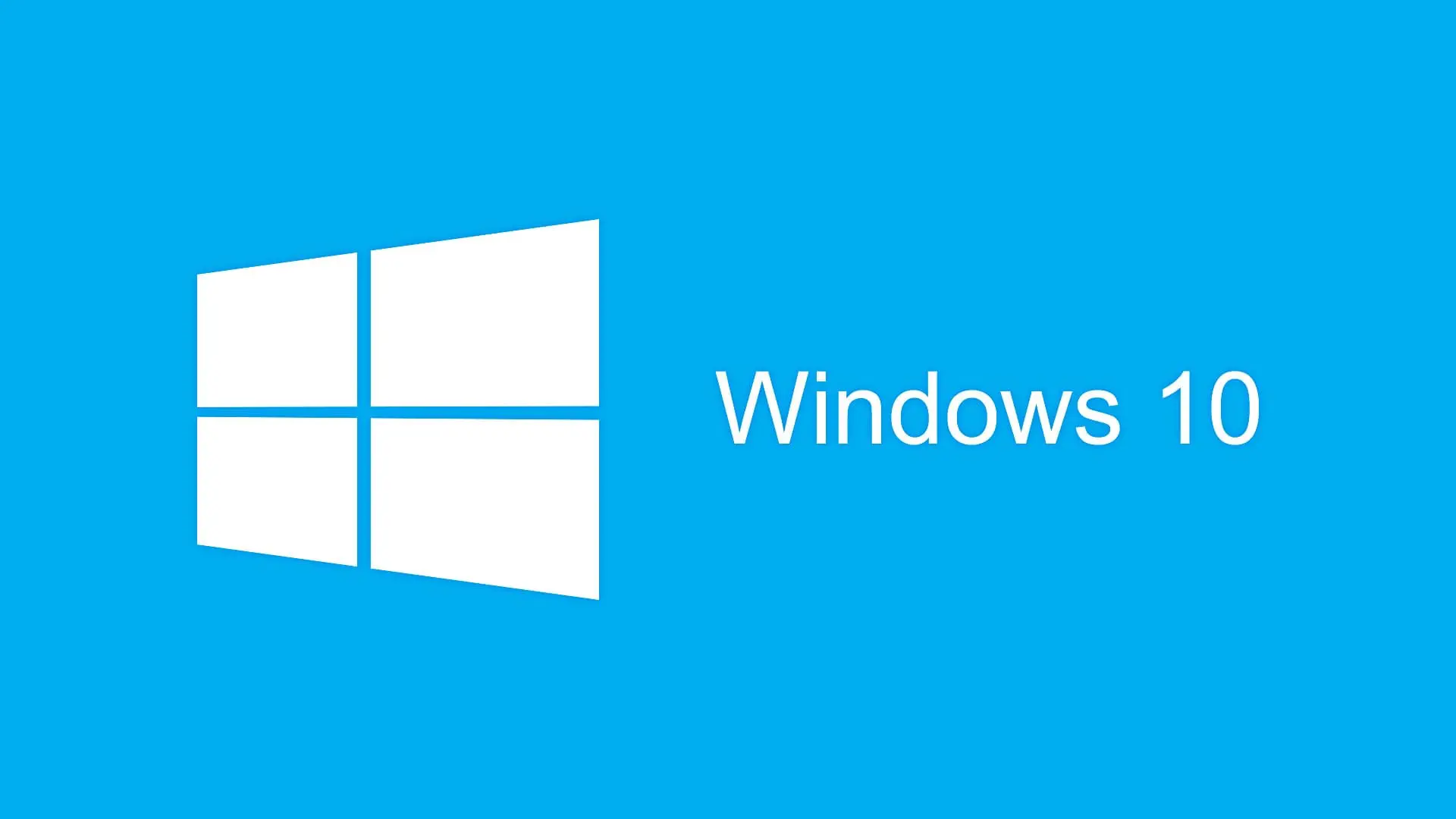Windows 10 Mail App Bug: Reply-To Address is Ignored
We’re seeing more and more of a bug (I’m sure Microsoft see it as a feature) where if a user is using the Windows 10 Mail App and they reply to an email with a “Reply-To” address (where the sender specifies a different email address for replies to be sent to, in place of the “From” address) Windows 10 Mail ignores the “reply-to” address resulting in emails going to the wrong address.
As an example, online contact forms on websites often send email using a common predefined “From” address to ensure delivery through spam filters, and using an email address for the website owner as the “To: address”.
They then use a Reply-To address to direct replies back to the end-user who filled in the online form. This is a very standard method of handling emails from online forms.
Example
- To: sales@example-website.com
- From: online-form@example-website.com
- Reply-To: your-customer@gmail.com
- Subject: Request for Quote
The website owner receives the user’s request via an email message, and when the website owner clicks REPLY in their email program, a reply is supposed to be sent back to the end-user who sent the request.
This works for all known email clients EXCEPT if the website owner is using the Windows 10 mail client.
What happens in the case of Windows 10 Mail?
The Windows 10 mail client appears to ignore the Reply-To address in the received email message, and when it replies to such an email message, it always sends the reply to the email address on the From: header instead of sending it to the email address on the optional Reply-To header when the Reply-To header is present and populated.
In short, the Windows 10 mail client does not follow the accepted standards and does not send replies to the proper recipient in this situation.
Using the above example, all other email clients would send the reply to your-customer@gmail.com, except the Windows 10 mail client sends the reply to online-form@example-website.com (an unmonitored destination) meaning that the end-user never receives the reply and the website owner doesn’t know that his reply will never be seen.


